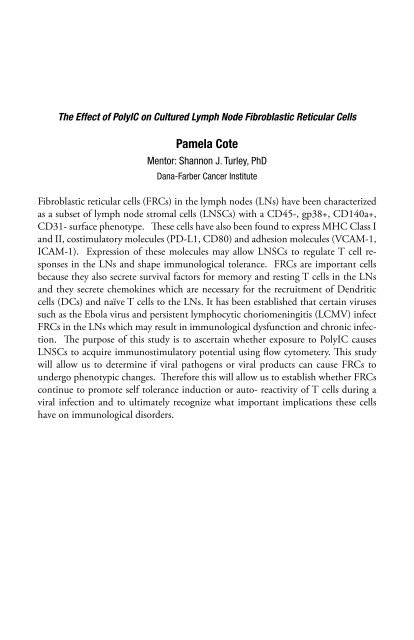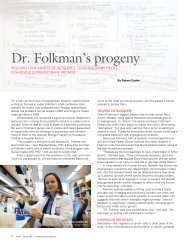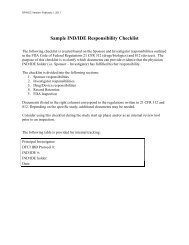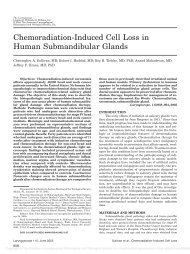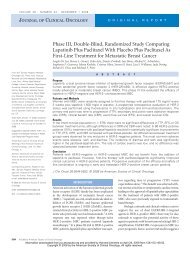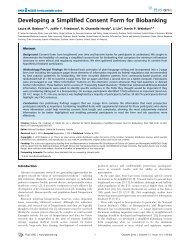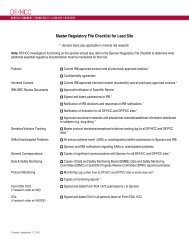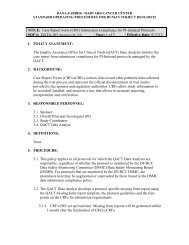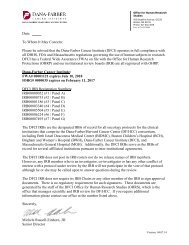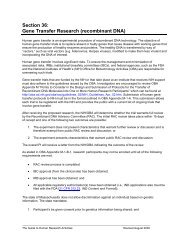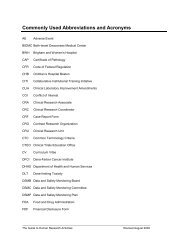Scientific Presentations Summer 2009 - Dana-Farber/Harvard ...
Scientific Presentations Summer 2009 - Dana-Farber/Harvard ...
Scientific Presentations Summer 2009 - Dana-Farber/Harvard ...
You also want an ePaper? Increase the reach of your titles
YUMPU automatically turns print PDFs into web optimized ePapers that Google loves.
The Effect of PolyIC on Cultured Lymph Node Fibroblastic Reticular Cells<br />
Pamela Cote<br />
Mentor: Shannon J. Turley, PhD<br />
<strong>Dana</strong>-<strong>Farber</strong> Cancer Institute<br />
Fibroblastic reticular cells (FRCs) in the lymph nodes (LNs) have been characterized<br />
as a subset of lymph node stromal cells (LNSCs) with a CD45-, gp38+, CD140a+,<br />
CD31- surface phenotype. These cells have also been found to express MHC Class I<br />
and II, costimulatory molecules (PD-L1, CD80) and adhesion molecules (VCAM-1,<br />
ICAM-1). Expression of these molecules may allow LNSCs to regulate T cell responses<br />
in the LNs and shape immunological tolerance. FRCs are important cells<br />
because they also secrete survival factors for memory and resting T cells in the LNs<br />
and they secrete chemokines which are necessary for the recruitment of Dendritic<br />
cells (DCs) and naïve T cells to the LNs. It has been established that certain viruses<br />
such as the Ebola virus and persistent lymphocytic choriomeningitis (LCMV) infect<br />
FRCs in the LNs which may result in immunological dysfunction and chronic infection.<br />
The purpose of this study is to ascertain whether exposure to PolyIC causes<br />
LNSCs to acquire immunostimulatory potential using flow cytometery. This study<br />
will allow us to determine if viral pathogens or viral products can cause FRCs to<br />
undergo phenotypic changes. Therefore this will allow us to establish whether FRCs<br />
continue to promote self tolerance induction or auto- reactivity of T cells during a<br />
viral infection and to ultimately recognize what important implications these cells<br />
have on immunological disorders.


